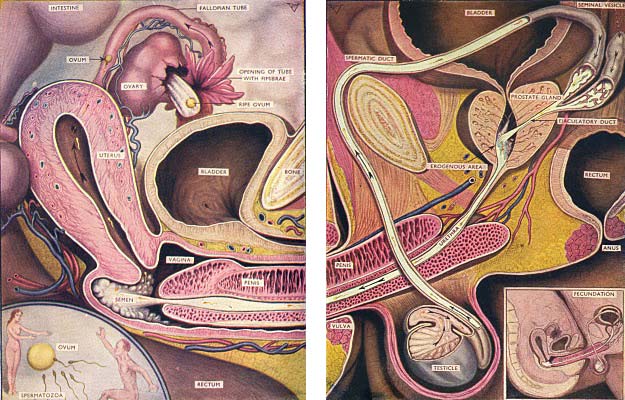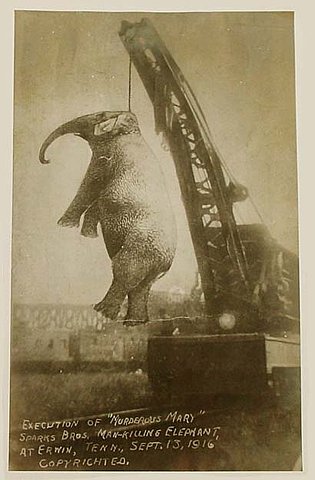Glover was new to the mortgage business. He was twenty-nine and hadn’t held a steady job in years. (…) As a loan officer at Ameriquest, Glover worked on commission. He knew the only way to earn the six-figure income Ameriquest had promised him was to come up with tricks for pushing deals through the mortgage-financing pipeline that began with Ameriquest and extended through Wall Street’s most respected investment houses.
Glover and the other twentysomethings who filled the sales force at the downtown L.A. branch worked the phones hour after hour, calling strangers and trying to talk them into refinancing their homes with high-priced “subprime” mortgages. It was 2003, subprime was on the rise, and Ameriquest was leading the way. The company’s owner, Roland Arnall, had in many ways been the founding father of subprime, the business of lending money to home owners with modest incomes or blemished credit histories. He had pioneered this risky segment of the mortgage market amid the wreckage of the savings and loan disaster and helped transform his company’s headquarters, Orange County, California, into the capital of the subprime industry. Now, with the housing market booming and Wall Street clamoring to invest in subprime, Ameriquest was growing with startling velocity.
Up and down the line, from loan officers to regional managers and vice presidents, Ameriquest’s employees scrambled at the end of each month to push through as many loans as possible, to pad their monthly production numbers, boost their commissions, and meet Roland Arnall’s expectations. Arnall was a man “obsessed with loan volume,” former aides recalled, a mortgage entrepreneur who believed “volume solved all problems.” Whenever an underling suggested a goal for loan production over a particular time span, Arnall’s favorite reply was: “We can do twice that.” Close to midnight Pacific time on the last business day of each month, the phone would ring at Arnall’s home in Los Angeles’s exclusive Holmby Hills neighborhood, a $30 million estate that once had been home to Sonny and Cher. On the other end of the telephone line, a vice president in Orange County would report the month’s production numbers for his lending empire. Even as the totals grew to $3 billion or $6 billion or $7 billion a month—figures never before imagined in the subprime business—Arnall wasn’t satisfied. He wanted more. “He would just try to make you stretch beyond what you thought possible,” one former Ameriquest executive recalled. “Whatever you did, no matter how good you did, it wasn’t good enough.”
Inside Glover’s branch, loan officers kept up with the demand to produce by guzzling Red Bull energy drinks, a favorite caffeine pick-me-up for hardworking salesmen throughout the mortgage industry. Government investigators would later joke that they could gauge how dirty a home-loan location was by the number of empty Red Bull cans in the Dumpster out back. Some of the crew in the L.A. branch, Glover said, also relied on cocaine to keep themselves going, snorting lines in washrooms and, on occasion, in their cubicles.
The wayward behavior didn’t stop with drugs. Glover learned that his colleague’s art work wasn’t a matter of saving a borrower the hassle of coming in to supply a missed signature. The guy was forging borrowers’ signatures on government-required disclosure forms, the ones that were supposed to help consumers understand how much cash they’d be getting out of the loan and how much they’d be paying in interest and fees. Ameriquest’s deals were so overpriced and loaded with nasty surprises that getting customers to sign often required an elaborate web of psychological ploys, outright lies, and falsified papers. “Every closing that we had really was a bait and switch,” a loan officer who worked for Ameriquest in Tampa, Florida, recalled. ” ‘Cause you could never get them to the table if you were honest.” At companywide gatherings, Ameriquest’s managers and sales reps loosened up with free alcohol and swapped tips for fooling borrowers and cooking up phony paperwork. What if a customer insisted he wanted a fixed-rate loan, but you could make more money by selling him an adjustable-rate one? No problem. Many Ameriquest salespeople learned to position a few fixed-rate loan documents at the top of the stack of paperwork to be signed by the borrower. They buried the real documents—the ones indicating the loan had an adjustable rate that would rocket upward in two or three years—near the bottom of the pile. Then, after the borrower had flipped from signature line to signature line, scribbling his consent across the entire stack, and gone home, it was easy enough to peel the fixed-rate documents off the top and throw them in the trash.
At the downtown L.A. branch, some of Glover’s coworkers had a flair for creative documentation. They used scissors, tape, Wite-Out, and a photocopier to fabricate W-2s, the tax forms that indicate how much a wage earner makes each year. It was easy: Paste the name of a low-earning borrower onto a W-2 belonging to a higher-earning borrower and, like magic, a bad loan prospect suddenly looked much better. Workers in the branch equipped the office’s break room with all the tools they needed to manufacture and manipulate official documents. They dubbed it the “Art Department.”
{ Michael W. Hudson, How a Gang of Predatory Lenders and Wall Street Bankers Fleeced America–and Spawned a Global Crisis | Continue reading }




















